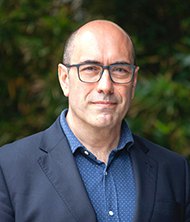Overview
Main research lines
- Development of theoretical methods, numerical algorithms and simulation tools for atomic-scale simulations: towards massive HPC facilities
- Computational tools: SIESTA development and its connection with other codes and computational infrastructures like AiiDA
- First-principles simulations at the nanoscale
- Physical properties and chemical processes in materials

